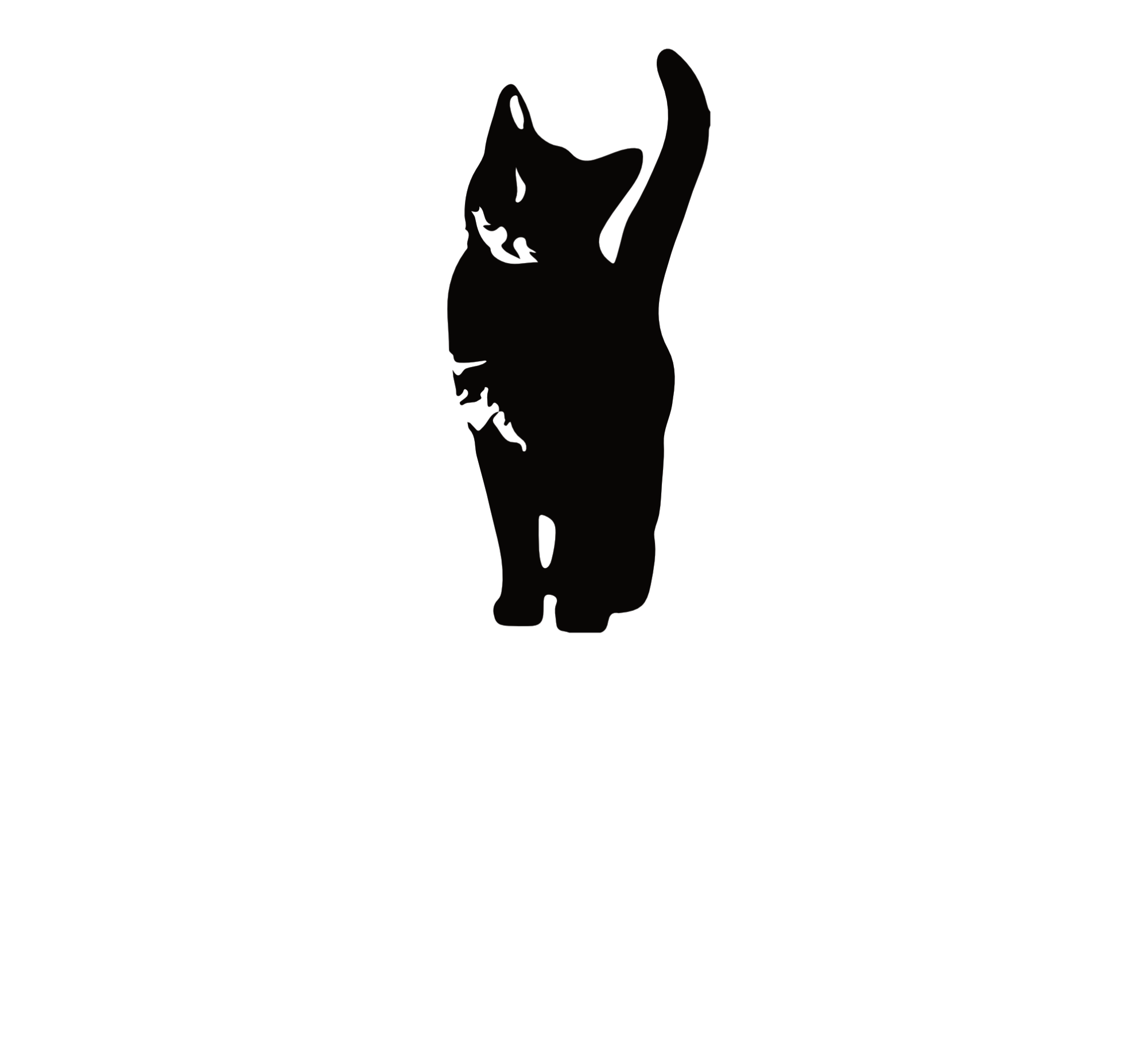Journey mapping is a critical tool in aligning organizational focus on the customer. The goal is to gain an understanding of the customer journey from the catalyst for purchasing (or using) a product or service to the termination/disposal stage. In understanding the journey companies usually then use it to do at least one of three things:
- Align the organization around a central vision so every member understands how they contribute to helping the customer.
- Understand where the risks and opportunities in today’s journey lay and what can be done to improve them.
- Set the lattice work for other processes to be overlaid, such as metrics, customer handling, and others.
While journey mapping is ubiquitous, I have bore witness to cases where it can derail in a spectacularly bad fashion. Here are the top 10 mistakes I have seen in practice today.
1. Don’t talk to customers
Believe or not this happens. A journey map based on an internal perspective is dangerously biased. It is mandatory to include the customer perspective in journey mapping. Usually, organizations have multiple customer segments or personas that need to be investigated. While starting with an inside-out view is a good (and sometimes very revealing) start, if you stop there you have not done a journey map.
2. Confuse process mapping with journey mapping
Merely documenting what happens when, screen-by-screen and step-by-step, is not journey mapping. That is a process audit from the organization’s perspective. What we need to understand in journey mapping is what people think, feel, and in the journey. We also need to understand what they want. This may (and usually is) independent of any technology or physical limitation.
3. Only considering “what is”
Some will only consider the current journey without considering the ideal. In journey mapping, it is important to first look at today’s journey, but then take it a step further and get an understanding of what the ideal journey looks like. In working with customers, you should work to understand pain points and opportunities. However, your customers should not be tasked with designing your experience. That’s your job. Let me know if you need help!
4. Believe the customer journey is linear and non-recursive
The funnel died at least three years ago as a way of understanding how customers buy. Once upon a time, people got up on a Saturday morning, drove to the supermarket, selected their groceries, and drove home. For most customers, that no longer happens. The journey is non-linear with frequent looping back. Steps are oftentimes compressed like an accordion or skipped altogether. People are making very quick decisions about how and when to buy (what Google calls micro-moments) and are rapidly moving between retail and product consideration and awareness. Of course, every possible pathway does not have to be documented. That would be overwhelming. Which leads me to my next point.
5. Overcomplicating things
In order for journey mapping to be effective, it must be comprehensive but simple enough to understand to be useful. Parsimony can be a tall, but necessary, order. The trick is not to overcomplicate it. Select the most common paths and only worry about unique “spurs” if they are significant drivers of dissatisfaction or opportunity. You may also want multiple maps that drill down into particular areas. For large organizations, there is a “master map” and then ones that document different journeys but roll back up into the master.
6. Stopping at purchase
Some purveyors of journey mapping, especially the software CRM types, tend to focus heavily on catalyst/awareness to purchase. Then, for traditional marketers, customers disappear into the unsavory abyss of “retention”. Ignoring the post purchase journey is ill-advised. How long have we been talking the multiplier of acquisition cost vs. retention, yet the orientation still persists. Admittedly, some of the predilection has to do with where one sits in the organization, but it is important to keep in mind that journey mapping is created to bring the organization together to focus on the customer journey, not to slice up the journey into functional pieces for the organization.
7. Taking a qualitative-only approach
All is not lost if you stop at qualitative work. You will know the journey for multiple personas and the risks and opportunities. However, you will not know the relevant impact of those in driving outcomes. If you have $100,000 to spend to improve the customer experience, where is it best spent? Onboarding? Warranty? Call Center? Without some quantitative evidence and a good driver model, you are left guessing at where to allocate your attention. As Deming said, “without data you are just another person with an opinion.
8. Not communicating it well
I have seen amazing work being shown to executives who respond with blank stares. Menacing complex chart scare off the average corporate Joe and Jane. While the activity of journey mapping is critical, reporting it out will make or break the adoption of it in the organization. Have a communication plan. Spend a few bucks to work with a creative director and graphic designer to get it right. The polish makes a huge difference in adoption and usage.
9. Not doing something with it
Journey mapping is just that. A map to get you somewhere. Getting there is up to you. The best way to do that, in my experience, is to adopt an Agile CX℠ approach. First, look at those things that are most important, (see point #7), most feasible (easiest to do), and the highest coverage (e.g., all customers, some etc). Those things that are high in importance, relatively easy, with high coverage, are the ones to go after first.
10. Stopping at an idea
Great, so you identified your triaged opportunity areas but now what? Many organizations stop here scratching their heads or get mired in “boil the ocean” initiative. A way around this trap is using Agile CX℠ to get out there and do some testing. Nothing fancy. Use your CX tracker and other metrics to track the results of your experiments. Change a little thing here. A little thing there. Don’t overcomplicate it. Pick a few retail outlets or a portion of e-commerce and change things up. Make sure you use your learning as a guide and that you have a control group. This is the stage where you really monetize your investment. Therefore, make sure you make it over the finish line.
Any questions, get in touch.



